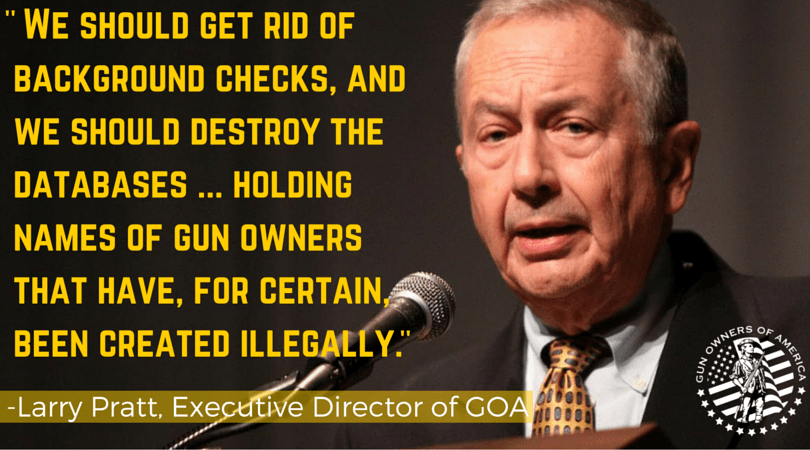

At a simple level, there are four distinct groups defined by their position within workplace ownership and authority relations: proprietors, who own the means of production and control the activities of others managers, who do not own the means of production but do control the activities of others workers, who control neither the means of production nor the activities of others and independent producers, who own and operate small firms by themselves. During the late 1990s and 2000s, incomes in the lower part of the distribution ceased declining but did not rebound from the losses of previous decades, while top incomes continued their ascent ( McCall and Percheski 2010 Morris and Western 1999 Piketty and Saez 2003).Īn individual's position within the ownership and authority structure of an economic organization is a central determinant of personal income ( Dahrendorf 1959 Marx 1978 Proudhon 2011 Wright 1979, 1985).

During the 1980s and early 1990s, incomes in the lower half of the distribution stagnated and then declined, while incomes at the top of the distribution increased. has become substantially more unequal since the early 1980s, reversing a general trend of declining inequality that dated back to the 1930s.

The distribution of personal income in the U.S.


 0 kommentar(er)
0 kommentar(er)
